
|
M. Zuiko Digital 75/1.8 Image Samples on the E-M1 Mk. II |

|
My other articles related to the |
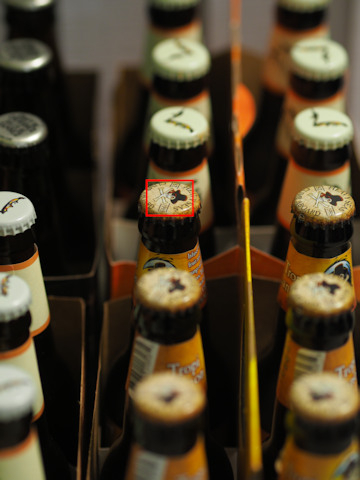
|
The scene used for these samples was simple: four sixpacks, available light, tripod, remote release via OI Share. ISO was set to 400, white balance determined by reference off a white card. The shooting distance (measured from the imager) was about one meter, take or give 2 cm.
I took a total of 10 pictures: the widest apertures of F/1.8, F/2.0 and F/2.2; then from F/2.8 to F/22 in full EV increments. Exposure metering (matrix, -.3 EV) resulted in shutter speeds ranging from 1/13s to 13 seconds. At left you can see the full frame at F/2.0, reduced and with sample location marked; clicking on this will bring up the full-size original. Below you can see 1:1 samples from the sharpest area in the frame, the AF target location. The AF was well-behaved, except for the first frame, where it seems to have focused not on the teeth, but rather on the red bandana on the far side of the face. (I forgot to use my normal trick of switching to MF and autofocusing on demand, using the [AEL/AFL] button.) Central sharpness considerably improves at F/2.2 and reaches a low-sloped plateau at F/2.8. It still keeps going up, but slowly. |
|
The difference between F/5.6 and F/8 is close to none, and going to F/11 we see first signs of degradation due to diffraction effects. This makes sense: diffraction limit at F/16 is, as I remember, 100 line pairs per millimeter, and the dependency is linear — so at F/8 it will be 200 LPPM. With the image being 13 mm tall this is 2600 LPPH (pairs per picture height) which is a very good value, probably a tad lower than this camera/lens combination has. It is only at F/16 when the adverse effects of stepping down are clearly visible to the naked eye, and at F/22 things look quite bad: even the contrast suffers. Oh, but you wanted to see by yourself. Sorry, go ahead. | |
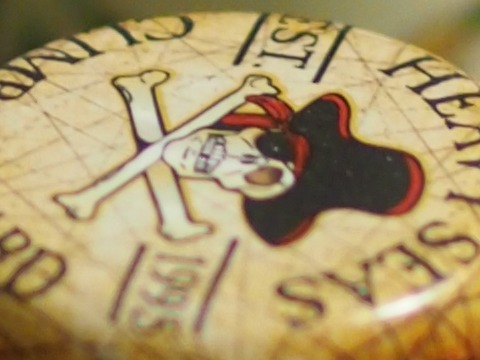 F/1.8 |
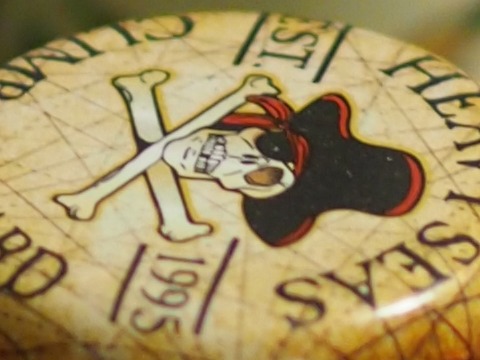 F/2.0 | ||
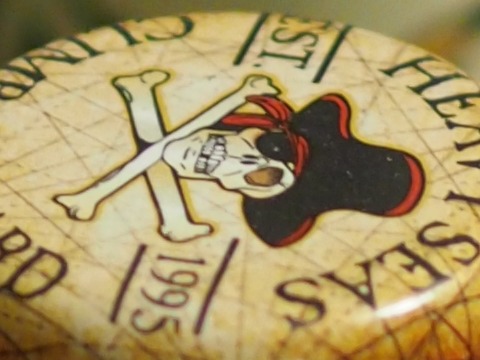 F/2.2 |
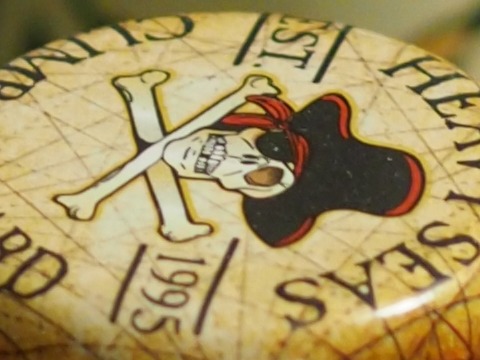 F/2.8 | ||
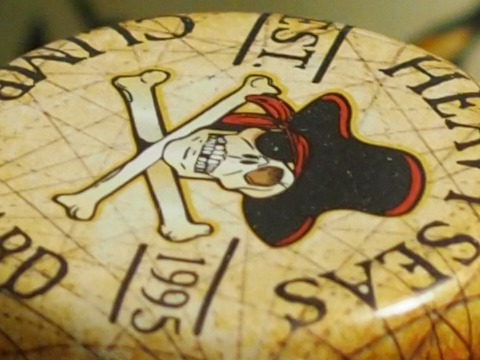 F/4.0 |
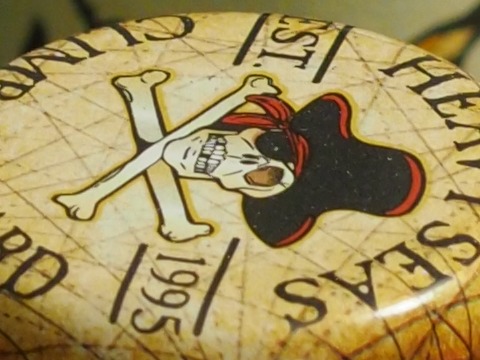 F/5.6 | ||
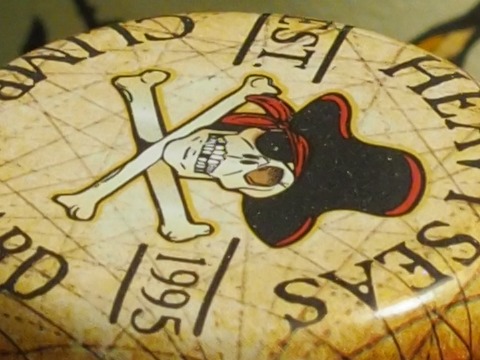 F/8.0 |
 F/11 | ||
 F/16 |
 F/22 |
|
Well, this was to be expected; this is one of two, maybe three, best μFT lenses. I really did this project to get a pretext for buying the props. I also used the same images to show how the depth of field depends on aperture. Here is a slightly altered version of that demonstration, a collage of vertical strips from ten frames: |
.t.jpg)
|
|
This is just a thumbnail; you may want to see the full-size image (45MP) or an economy version (4 MP). |
| This page is not sponsored or endorsed by Olympus (or anyone else) and presents solely the views of the author. |
| Home: wrotniak.net | Search this site | Change font size |
| Posted 2017/06/16 | Copyright © 2017 by J. Andrzej Wrotniak |